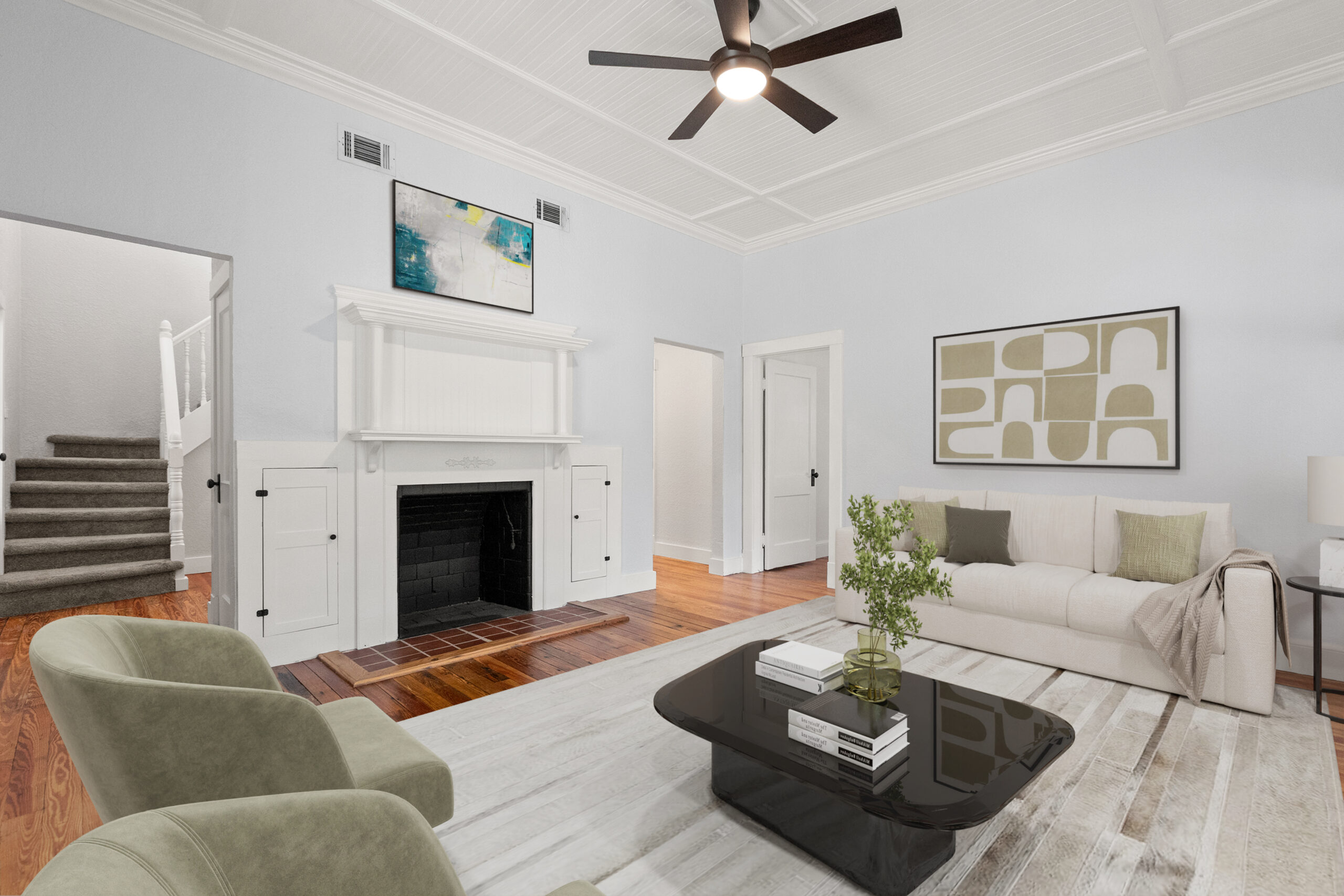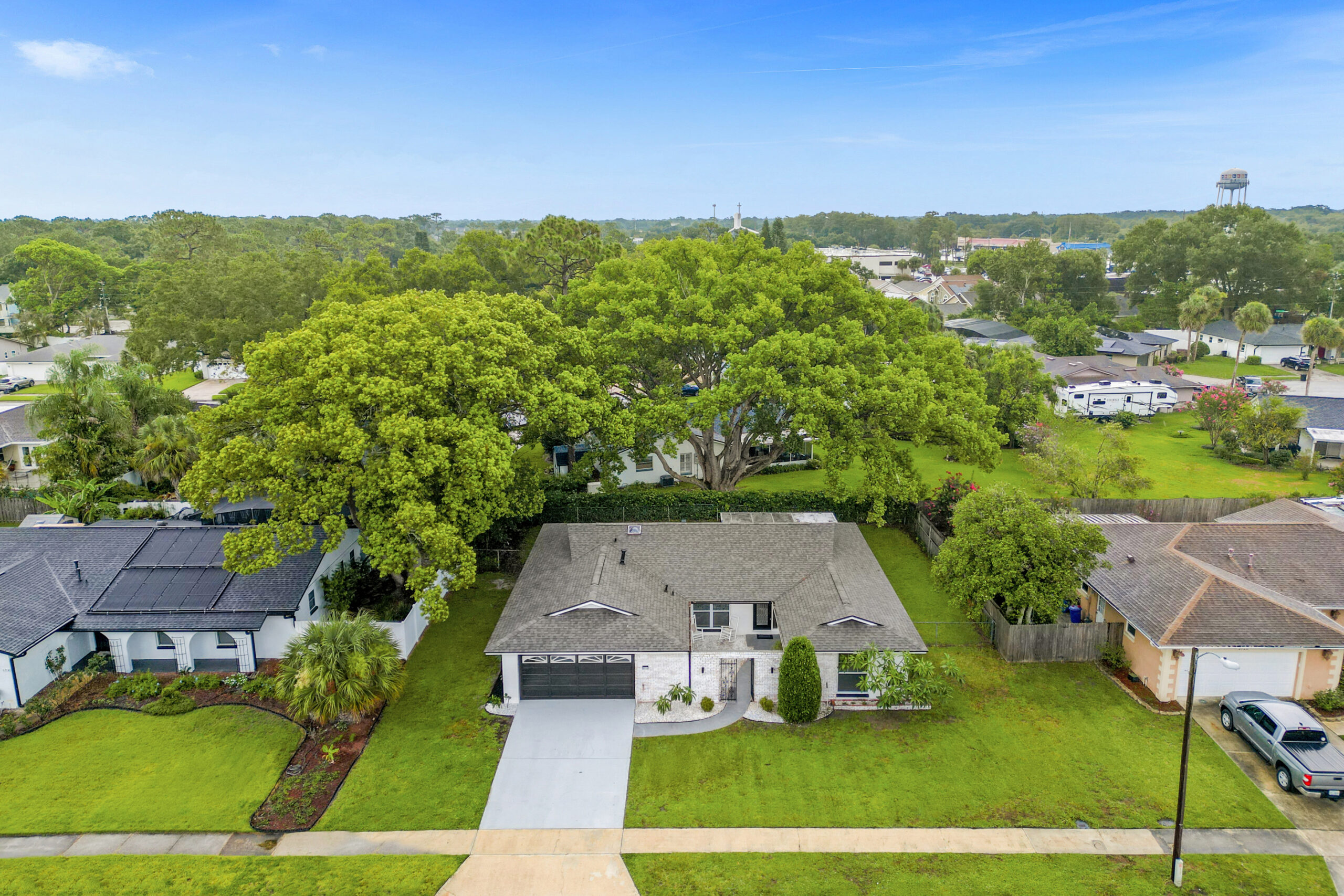The Power of Virtual Staging in Today’s Real Estate Market
There’s something undeniably powerful about walking into a room and instantly picturing how it could feel like home. You might imagine a crackling fireplace on a cold evening, the smell of fresh coffee drifting through a cozy breakfast nook, or the warm sunlight streaming across a polished home office. Those images spark emotion, and emotion is what often drives decisions in real estate.
Virtual staging creates that moment — digitally. By adding furniture, décor, and even subtle design details to photos of a vacant property, virtual staging helps buyers see the potential of a space before they ever step foot inside. In a fast-moving market where first impressions happen online, this tool can transform a simple listing into one that captures attention and stands out from the competition.
Why Virtual Staging Works
In today’s digital-first real estate landscape, buyers often scroll through dozens — even hundreds — of listings before deciding which ones to visit in person. Without staging, an empty room can feel cold, impersonal, and forgettable. A living room without furniture may be hard to visualize in terms of scale or function, and many buyers simply move on to the next property without a second thought.
Virtual staging bridges that gap. It brings life to photos, showing the function, flow, and personality of each space. From a modern open-concept living area to a charming reading corner, virtual staging tells a story. That story invites buyers to imagine themselves in the home, making it much more likely they’ll take the next step — whether that’s scheduling a showing, reaching out to the agent, or making an offer.
Addressing Common Misconceptions
Some real estate professionals express concern that virtual staging might mislead buyers or feel inauthentic. This is a valid worry — but the truth is, when done with care and professionalism, virtual staging enhances rather than deceives.
Reputable staging professionals ensure that the structure, size, and layout of the space remain true to reality. The purpose isn’t to hide flaws, but to highlight potential. Buyers should still have an accurate sense of the home’s dimensions and features, with the staging simply providing visual context.
When used ethically, virtual staging can accelerate interest, increase showing requests, and create stronger offers. It’s not about trickery — it’s about inspiration.
The Competitive Edge for Agents and Sellers
For real estate agents, virtual staging is an affordable, fast, and highly effective marketing tool. It allows a property to be presented at its best without the logistical challenges of physical staging — no moving furniture, no scheduling conflicts, and no large staging fees.
For home sellers, it ensures their property makes a powerful first impression from the very first click. In a crowded market, standing out online can mean the difference between a slow listing and one that generates buzz immediately.
See for Yourself
The image above is an example of our work. Were you able to tell it’s digital? That’s the beauty of virtual staging done right — it feels natural, inviting, and believable. With the right creative touch, this technique can help buyers connect emotionally with a home, even through a screen.
In today’s competitive real estate market, virtual staging isn’t just a nice extra — it’s a strategic advantage. Whether you’re selling a starter home, a luxury property, or anything in between, bringing your listing to life digitally might just be the spark that turns a casual browser into a committed buyer.





